Growing up in the Finger Lakes of New York, high elevation Zone 6 (as of fall 2024), I have the mantra of “Memorial Day is Final Frost” deeply embedded in my brain. I am constantly questioning my assumptions about myself and the world around me; this year I was inspired to dig a little deeper into this maxim…
Are historic frost dates still relevant?
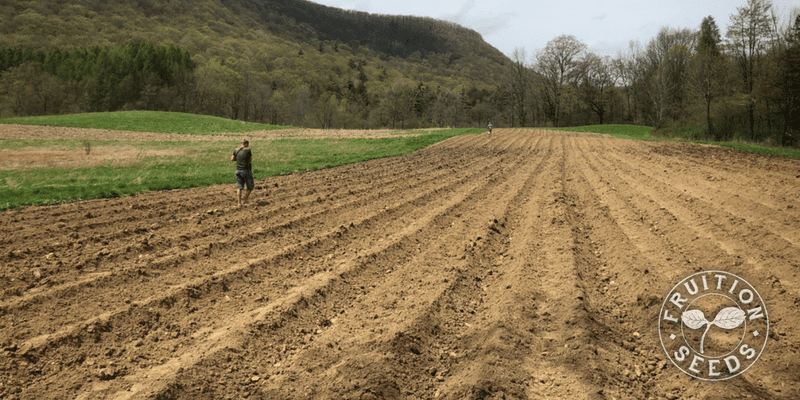
Pouring over decades of temperature records in our county from the National Oceanographic & Atmospheric Association (which is totally free and fascinating, I highly recommend it!) from 1930 to present, here are my observations:
a) Our final frost dates have (surprisingly) remained fairly consistent, often occurring just before Memorial Day.
b) Even on years when final frost is weeks earlier than Memorial Day (like May 1st, 1970, which happens 2-3 times each decade), the night temps generally aren’t out of the 40s consistently until around Memorial Day.
Which is all to say:
If you’re planting anything solanaceous (tomato, pepper, eggplant, tomatillo, ground cherry), wait to plant after your historic final frost. In our case, Memorial Day. This will ensure their quick, even growth and earlier fruiting as a result. (You’ll find thousands of gorgeous, organic transplants at Fruition’s Farm Store, by the way!)
Anything else, push the envelope: you’ll likely be rewarded with earlier and more abundant harvests.
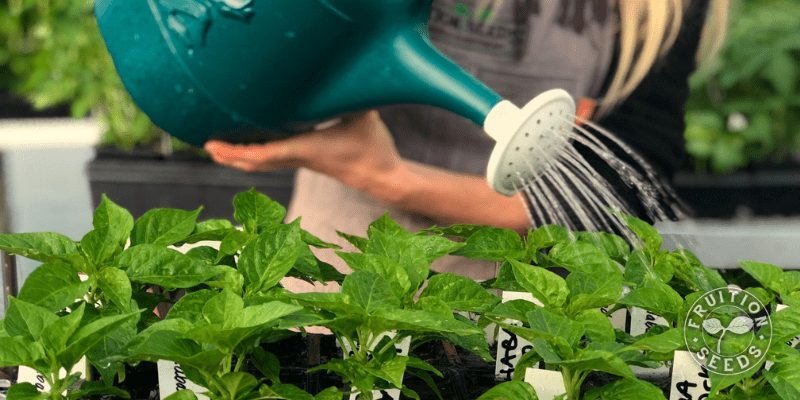
be sure to harden off seedlings before transplanting, even those that are frost-tolerant
Why?
Think of plants as more complex than simply frost-hardy or frost-sensitive.
As spring turns toward summer, here are some delicious considerations:
Frost-Hardy Plants
Thrive even in when snow may fly and nights consistently frost:
peas
cilantro
greens: spinach, mache/corn salad
brassicas: arugula, kale, radish, pac choi, kohlrabi
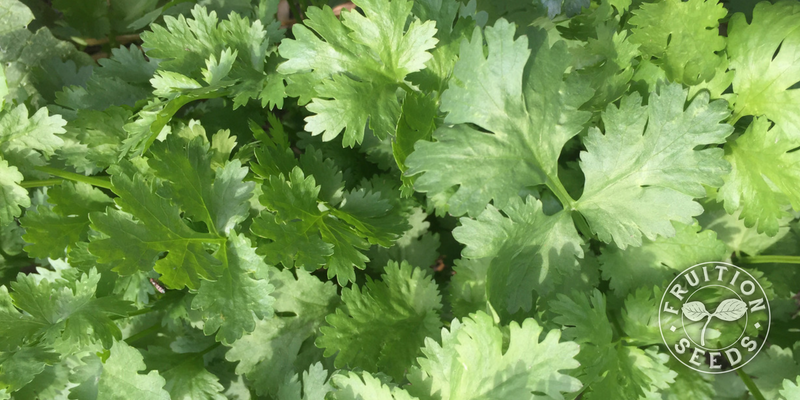
Frost-Tolerant Plants
Grow when nights are consistently below 40 F and may occasionally frost, thriving more as temperatures rise:
Roots: beet, carrot, parsnip
calendula
fennel
greens: chard, lettuce (especially winter density, romaines)
alliums: onion, shallot, leek, chive, scallion
Everything from the above list
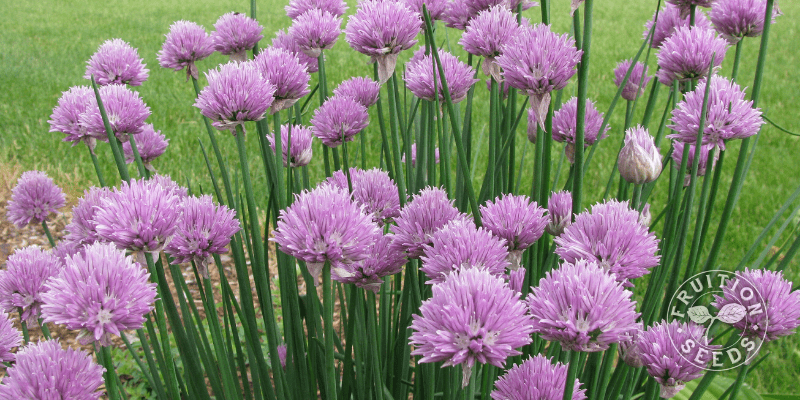
Frost-Sensitive Plants
Grow when nights no longer frost, thriving more as temperatures rise:
Most Flowers
Most Herbs
dark-seeded beans, especially Provider
Corn
Everything from the above lists (except pea, spinach and mache)
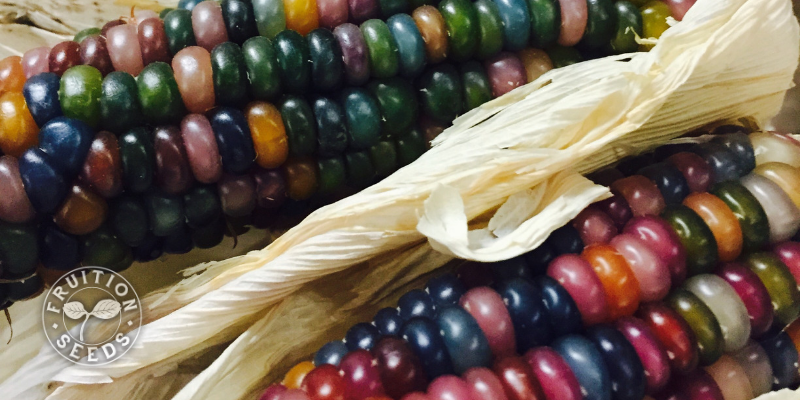
Cold-Sensitive Plants
Resist thriving if they experience temps below 50 F:
Solanids: Tomato, Eggplant, Pepper, Ground Cherry, Tomatillo
Beans
Cucurbits: Cucumber, Zucchini, Melon, Winter Squash,
Everything from the above lists (except pea, spinach and mache)
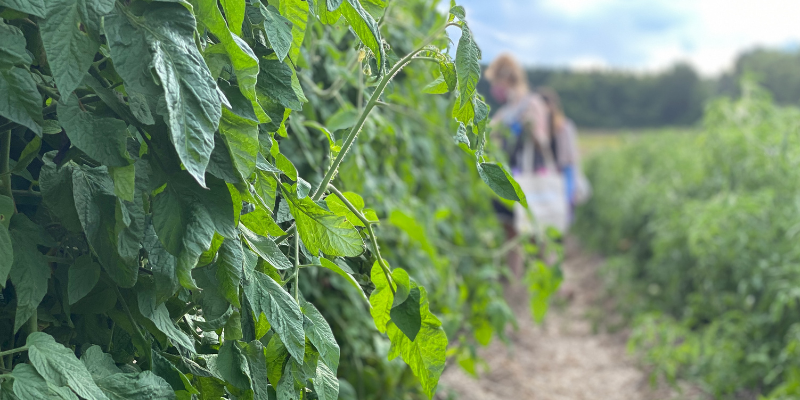
Elevation & Other Influences on Frost:
Elevation
Higher elevations = shorter seasons
We have several farms at Fruition, each one with unique soil and growing conditions. Our lowest farm is often frost-free two additional weeks, one week in spring and one in fall, compared with our farm 800 feet above it, three miles away.
Historic Data
It’s enormously helpful to see empirical, historic trends in your backyard. Enjoy perusing the NOOA website (above).
Aspect
Which cardinal direction does your garden face? Southern exposure offers you a longer, warmer growing season.
Slope
Warm air rises and cold air settles. In large, relatively flat areas, slope doesn’t play much of a role in frost dates. If you are in the bottom of a valley, cold air will settle around you. often called a ‘frost pocket.’ You’ll be amazed, when temps are around 30 F, what difference even a few feet in elevation and air flow can make.
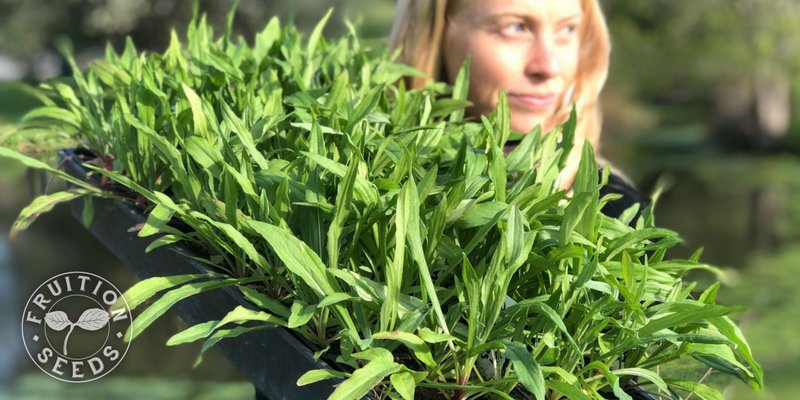
we are so excited to plant these gorgeous, hardened off strawflowers this week, after final frost
Happy Memorial Day, Friends!
May your gardens surround you with beauty and abundance this season, constantly inspiring you to ask more questions, to research and experiment, to share and to grow!
Know you are not alone!
Sow Seeds & Sing Songs,

and the Many Beings of Fruition
ps
Though the last 15 years have recorded more changeable and volatile weather than the prior century, I was certainly surprised by my own observations looking at final frost dates, expecting warming patterns to be the new normal. Climate change is changing a lot more than our climate; I’ll be sure to share strategies so our gardens, our communities and our world can be more resilient.

Hey, great article. Thanks for sharing 🙂
This could not have come at a better time! My first sunburn of the season is already peeling. Rhubarb that was hit by those two hard frosts in a row (a few weeks back) have recovered. My tomato seedlings are singing to me from under the lights. I was starting to think I could take a chance on planting out early.
But you’ve convinced me to hold off on anything not easily replaceable. Since I wouldn’t be able to start new heirloom tomato or pepper seedlings, I’ll stick to planting more carrot seeds. Maybe I’ll even do some chores like untangling and laying out drip irrigation hoses. Those non-weather sensitive — non-exciting tasks still need to be done.
Thanks for sharing your research and findings, Petra.
I truly enjoy every email and video you share with us gardeners! Great information, always upbeat and inspiring, bless you and your farm team! Keep up the great work. I am just now starting to harden off my many tomato plants in time for Memorial Day!